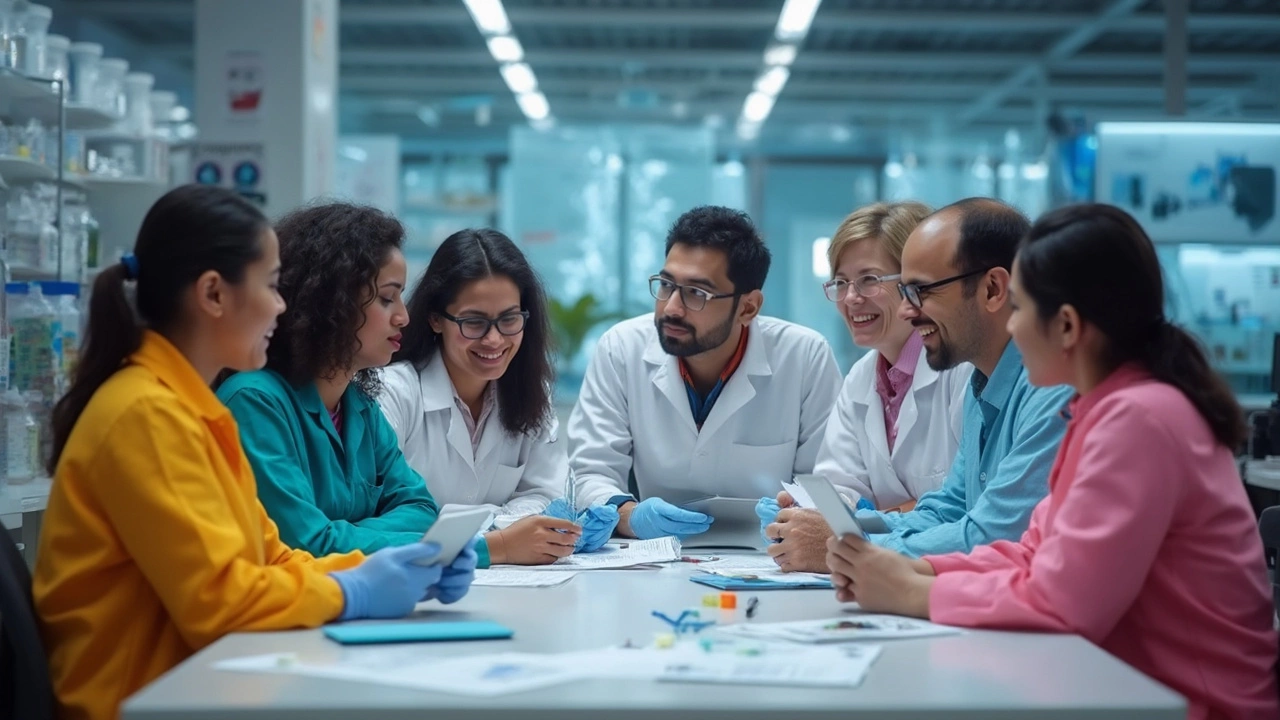Joint Problem Solving: How Teams in India Are Tackling STEM Challenges Together
When scientists, engineers, and data experts work together on a shared problem, that’s joint problem solving, the process where diverse experts combine skills, data, and perspectives to solve complex challenges. Also known as team science, it’s not just about sharing work—it’s about building a shared understanding that no single person could reach alone. In India’s fast-moving STEM landscape, this isn’t optional. It’s how polio was wiped out, how solar power became cheaper than coal, and how AI tools are now helping rural clinics diagnose diseases.
Joint problem solving doesn’t happen in a vacuum. It needs scientific collaboration, the structured way researchers from different fields or institutions connect to work on common goals. You see it in public health programs where epidemiologists team up with community workers to design vaccination drives. You see it in biotech labs where gene editors work with data scientists to spot patterns in DNA. And you see it in clean energy projects where engineers partner with farmers to install solar microgrids that actually get used. None of these worked because one person had all the answers. They worked because people listened, adapted, and shared.
What makes joint problem solving stick? It’s not fancy tools or big budgets. It’s trust. It’s clear roles. It’s knowing who talks to whom—and when. A transfer agent doesn’t just file patents; they connect a lab in Bangalore to a factory in Gujarat. A data scientist doesn’t just run algorithms; they sit with nurses to understand what numbers really mean on the ground. These aren’t side tasks. They’re the core of the work.
And it’s happening everywhere—in government-funded research centers, in startups funded by Indian venture capital, in university labs where a chemist and a civil engineer suddenly realize their work solves the same water contamination issue. You don’t need a Nobel Prize to do this. You just need to ask: Who else is working on this? What do they know that I don’t?
Below, you’ll find real stories from across India’s STEM ecosystem—how teams cracked tough problems by working together. From how healthcare researchers get paid to keep projects alive, to why the simplest AI still needs human input, to how public health programs saved millions by uniting communities and scientists. These aren’t abstract ideas. They’re lessons from people who solved hard problems—not alone, but side by side.




